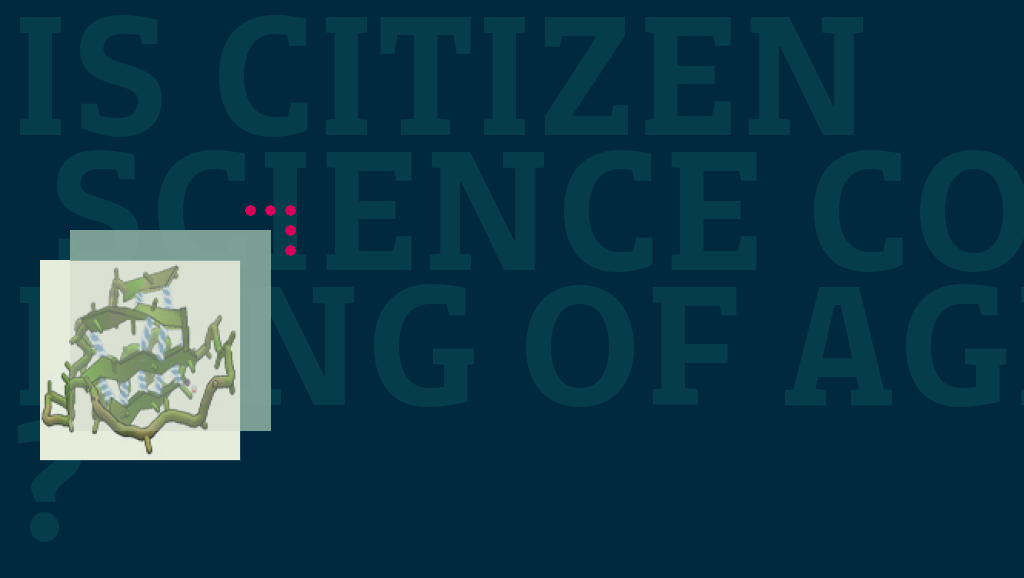Last year I posted an introductory article to citizen science, something that I again touched upon in a newer article about synthetic biology, and recently have been following some interesting developments in the field. One of these developments involves a game called ‘Fold. It’ and gamers appear to have made a breakthrough in scientific understanding. The Foldit game is all about creating protein like structures.
Read the official publication of the process here.
The article begins with the following statement:
‘Following the failure of a wide range of attempts to solve the crystal structure of M-PMV retroviral protease by molecular replacement, we challenged players of the protein folding game Foldit to produce accurate models of the protein. Remarkably, Foldit players were able to generate models of sufficient quality for successful molecular replacement and subsequent structure determination. The refined structure provides new insights for the design of antiretroviral drugs’.
The foldit game has existed for a couple of years now. Players create protein structures, with the most stable and low energy structures scoring the most points. As we see the game was used in this particular case to predict structure and mutation, with the aim of producing better antiretroviral medicines.
The gamers in general are not scientists and they manually manipulate the model presented to them. They have a variety of tools but the most important thing is that they have better spatial reasoning skills than computers. Computer models had tried to solve the problem cited above for 10 years without success, gamers produced an adequate model that was then refined by scientists and is precise enough to use in further research in just 3 weeks.
We could call this citizen science, although the gaming format is very different from the more traditional forms. Citizen science projects for mapping bird migration and classifying galaxies are well known and reported and Just last month the Sky and Telescope journal was entitled ‘Citizen Science’. They describe it as the future of astronomic discovery..
The gaming process is an interesting innovation though, as it uses skills that may not be particularly associated with science, but reveal themselves to be extremely important.
Other interesting projects are underway, one of which is more of a second attempt than an entirely new ideas.
In a recent post on Technology Bloggers, Author Christopher Roberts cites the project entitled LHC@Home 2.0, with LHC representing Large Hadron Collider. Once more and as is the case with the Galaxy Zoo project cited in my previous article, scientists are in the possibly enviable position of generating enormous amounts of data through their experiments. So much data in fact that they find themselves unable to analyze it all.
The researchers need more computing power, and are once again trying (a similar project was launched in 2004) to find people that are willing to loan them their spare computing power when their computer is not in use. The LHC website explains everything, but also states that they have had so many offers that they are having to use a lottery system to choose which volunteers can actually participate.
The Technology Bloggers article also cites a University of Berkley project entitled SETI@Home, with SETI representing Search for Extra Terrestrial Intelligence. In this case participants download software that uses a screensaver to access the computer’s storage, bandwidth and computing capabilities. The programs involved were developed by the University of California, but careful reading of terms is required, as they accept no liability for any problems to your computer provoked by participation in this project, and state that participation can cause computer overheating.
For more citizen science projects see the Scientific American website. The citizen science section describes scores of projects including Facebook virus mutation experiments, radiation level testing in Japan and the Encyclopedia of Life project.
———————
(photo: Fold It by gedankenstuecke from Flickr)
















